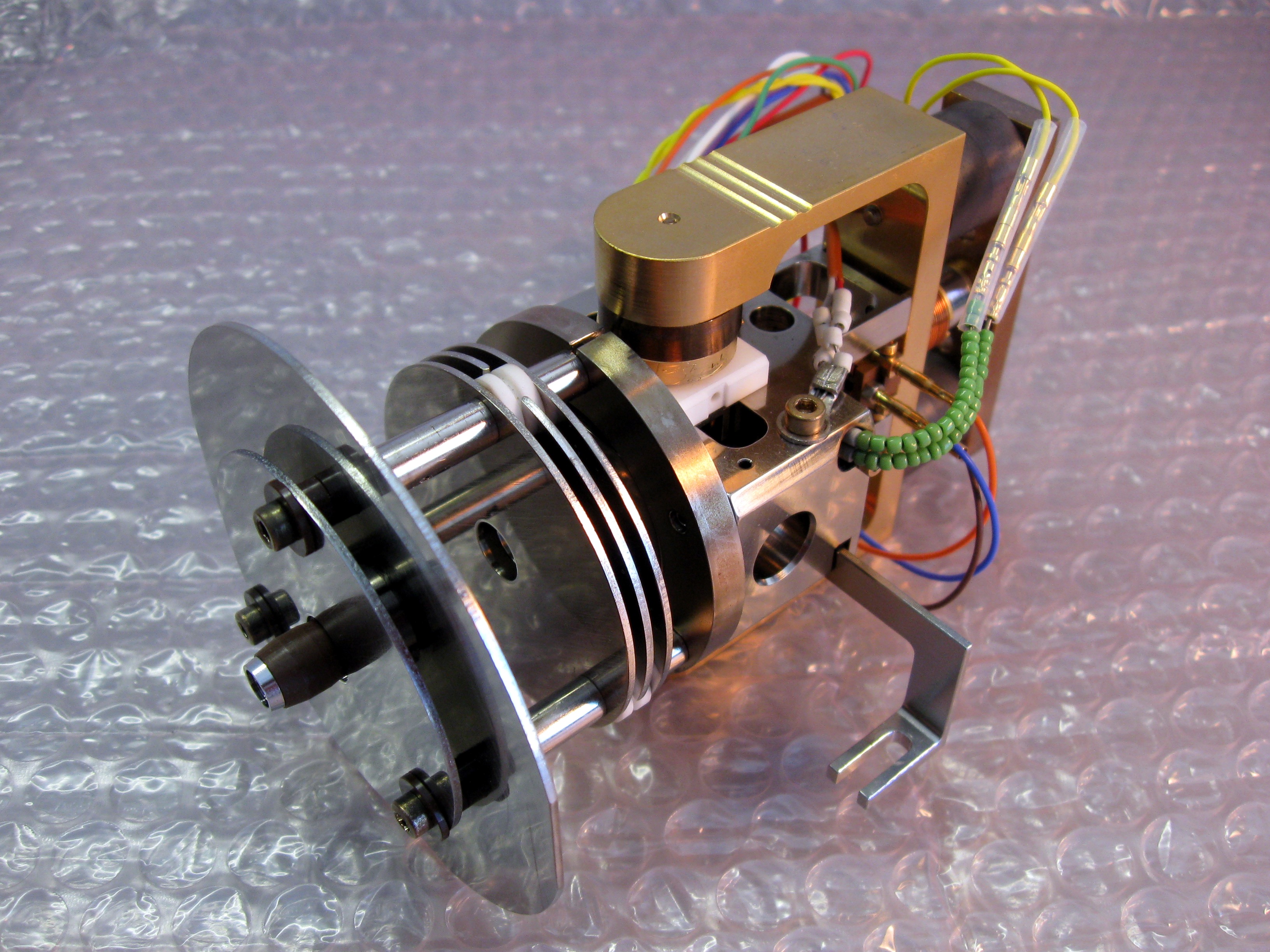Electron ionization: Difference between revisions
No edit summary |
No edit summary |
||
| (9 intermediate revisions by 2 users not shown) | |||
| Line 1: | Line 1: | ||
{{ | {{Final | ||
|acronym= | |||
|def=Deprecated: [[electron impact ionization]]. | |||
[[Ionization]] that removes one or more [[wikipedia:electron|electron]]s from an atom or molecule through interactions with electrons that are typically accelerated to energies between 10 and 150 [[eV]]. | |||
|rel= | |||
|ref={{obgb}} | |||
}} | }} | ||
<!-- Gold Book --> | |||
{{gold| | |||
http://goldbook.iupac.org/E01999.html | |||
This is the term used to describe [[ionization]] of any species by electrons. The process may, for example, be written: | This is the term used to describe [[ionization]] of any species by electrons. The process may, for example, be written: | ||
| Line 19: | Line 24: | ||
The term '[[electron impact]]' should not be used. | The term '[[electron impact]]' should not be used. | ||
'''See''': [[radical ion]] for a note concerning the symbolic representation of radical ions; | |||
'''See also''': [[photoionization]] | |||
'''Source''': PAC, 1991, 63, 1541 ([[Recommendations for nomenclature and symbolism for mass spectroscopy]] (including an appendix of terms used in vacuum technology). (Recommendations 1991)) on page 1547 | |||
}} | |||
==Gallery== | |||
{{Gallery | |||
|file=File:Electron Ionization - Ion Source.jpg|caption=EI source | |||
}} | |||
{{Gallery | |||
|file=File:Mass spectrometer ei ci ion source.jpg|caption=Ion source used in a 1990's mass-spectrometer, capable of both electron impact and chemical ionisation; sections visible (from left to right): ion lenses, heated ionisation source chamber, repeller lens; golden yoke provides magnetic field for electron path}} | |||
[[Category:Ionization]] | [[Category:Ionization]] | ||
[[Category:Gold Book term]] | |||
{{DEFAULTSORT:Electron Ionization}} | |||
Latest revision as of 10:57, 3 July 2025
| IUPAC RECOMMENDATIONS 2013 |
| Electron ionization |
|---|
| Deprecated: electron impact ionization.
Ionization that removes one or more electrons from an atom or molecule through interactions with electrons that are typically accelerated to energies between 10 and 150 eV. |
| Related Term(s): |
| Reference(s):
IUPAC. Analytical Division. Compendium of Analytical Nomenclature (the Orange Book). Definitive Rules, 1979. Compiled by J. Inczdy, T. Lengyel, A. M. Ure. Blackwell Scientific Publications, Oxford (1997). On-line corrected version: http://www.iupac.org /publications/analytical compendium (2000). IUPAC. Compendium of Chemical Terminology, 2nd ed. (the Gold Book). Compiled by A. D. McNaught and A.Wilkinson. Blackwell Scientific Publications, Oxford (1997). XML on-line corrected version: http://goldbook.iupac.org (2006-) created by M. Nic, J. Jirat, B. Kosata; updates compiled by A. Jenkins. |
| From Definitions of Terms Relating to Mass Spectrometry (IUPAC Recommendations 2013); DOI: 10.1351/PAC-REC-06-04-06 © IUPAC 2013. |
Gold Book
| GOLD BOOK DEFINITION
IUPAC. Compendium of Chemical Terminology, 2nd ed. (the Gold Book). Compiled by A. D. McNaught and A.Wilkinson. Blackwell Scientific Publications, Oxford (1997). |
| Electron ionization |
|---|
|
http://goldbook.iupac.org/E01999.html This is the term used to describe ionization of any species by electrons. The process may, for example, be written: for atoms or molecules: M + e --> M+. + 2e for radicals: M. + e --> M+ + 2e The term 'electron impact' should not be used. See: radical ion for a note concerning the symbolic representation of radical ions; See also: photoionization Source: PAC, 1991, 63, 1541 (Recommendations for nomenclature and symbolism for mass spectroscopy (including an appendix of terms used in vacuum technology). (Recommendations 1991)) on page 1547 |
| IUPAC Gold Book |
| Index of Gold Book Terms |
Gallery


